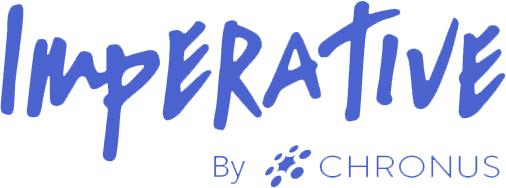Reverse Burnout: Here’s Three Ways How
In the battle against burnout, HR leaders have tried a slew of strategies from extra time off to added benefits and everything in between, but we’re still seeing unprecedented rates of burnout. A whopping 89% of employees have fallen victim to burnout, according to a survey conducted this summer (2021) of 1,000 full-time U.S. workers by workplace analytics firm Visier. So, the age old question: what actually works?










